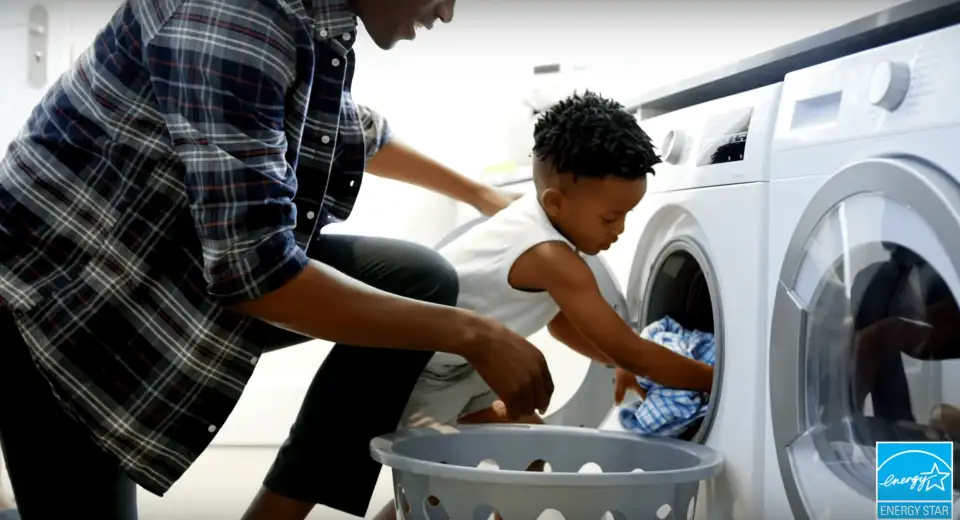
The ENERGY STAR Home Upgrade is a new initiative that the U.S. Environmental Protection Agency (EPA) is launching this fall to leverage the market power of ENERGY STAR to dramatically reduce energy use associated with existing homes. The ENERGY STAR Home Upgrade will feature a self-service, web-based tool designed to assist homeowners in adopting a key set of energy efficiency measures.
“Performing Energy Star Home Upgrades will allow households throughout America to realize meaningful energy and financial savings, while helping to lead the country to a transformative clean energy future,” says Carolyn Snyder, director of the EPA Climate Protection Partnerships Division. “This program will also increase American jobs and support economic recovery, including in disadvantaged communities across the United States.” Approximately 50% of household energy consumption is by households with incomes of less than $60,000, according to the U.S. EIA 2015 Residential Energy Consumptions Survey.
Completing the Energy Star Home Upgrade has the potential to save homeowners up to $1,500 per year in utility bill costs. The upgrade includes adoption of the following:
clean heat (plus efficient cooling) with an
Energy Star certified air-source heat pump;super-efficient hot water with an Energy Star certified heat pump water heater;
smart controls with an Energy Star certified
smart thermostat;high-performing Energy Star certified windows
or storm windows;a well-insulated and sealed attic; and
preparations for the capability of charging
an electric vehicle.
This initiative will be supported by Energy Star partners across industry sectors—utilities, manufacturers, and so on—working together to make these home improvements a possibility for homeowners at every income level. EPA will advance financing of these upgrades regionally through utility efficiency programs and nationally by leveraging federal tax credits and emerging federal rebate programs. The Energy Star Home Upgrade offers a mechanism around which utility programs can bundle incentives, either traditional rebates or midstream incentives, and deliver greater savings more cost effectively.
Innovative new approaches to covering the cost of the upgrades include inclusive utility investment programs with on-bill cost recovery and strong consumer protections, such as Pay As You Save® (PAYS). PAYS is a variation on the traditional energy efficiency financing model that involves inclusive, site-specific utility investment and cost recovery and avoids key barriers associated with other on-bill financing or loan approaches. Because the debt is held by the utility that runs the efficiency investment program, it does not require consumer credit or income qualification; there is no upfront cost to the customer; and the financing is associated with the meter rather than an individual, making energy-efficient upgrades accessible to renters and energy-burdened households, among others. Similar to other on-bill financing approaches, the upgrade investment is repaid over time with a portion of the energy savings, but unlike other approaches, consumer protections associated with PAYS—such as a guaranteed minimum savings percentage reserved for the customer—ensure that customers immediately experience reduced energy bills even as a portion of the energy savings returns to the utility. Programs like PAYS will be advanced to make sure that the benefits of clean and efficient energy become a possibility for households at every economic level, as addressing the needs of underserved communities is a priority for EPA and the Energy Star Home Upgrade initiative.
Other innovative financing options include business models like BlocPower, which provide an investment opportunity that delivers comfort, better air quality, and savings to those in low-income multi-family housing. State policies, such as New York’s Reforming the Energy Vision, or REV, have also proven successful, setting an example of investment opportunities that benefit low-income communities in attaining clean and efficient housing conditions.
Programs like PAYS will be advanced to make sure that the benefits of clean and
efficient energy become a possibility for households at every economic level.
Photo courtesy of the EPA